改性淀粉基油墨的3D打印适性及其形成机制研究:在冰淇淋中的应用
时间:2024-04-26 09:05 来源:食品科学 作者:admin 点击:次
浙江大学生物系统工程与食品科学学院陆柏益教授团队在Food Hydrocolloids发表题目为“Investigation of the 3D
printability of modified starch-based inks and their formation
mechanism: Application in ice
cream”研究论文(改性淀粉基油墨的3D打印适性及其形成机制研究:在冰淇淋中的应用)。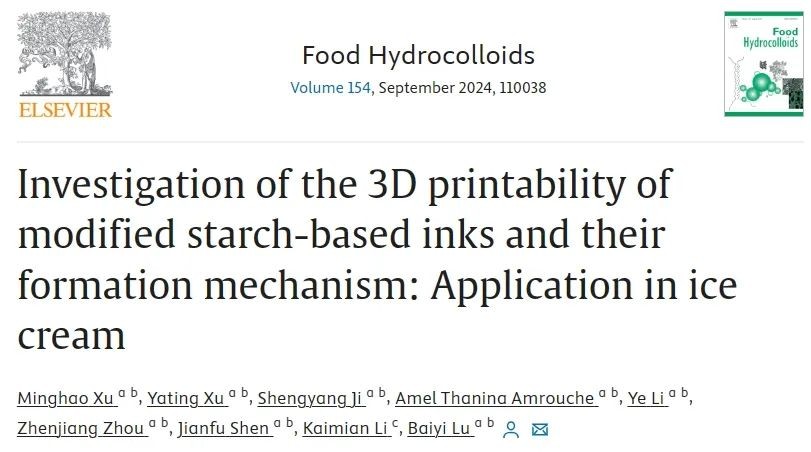
传统冰淇淋不适合 3D 打印进行个性化加工。因此,本研究选择变性淀粉来增强冰淇淋3D打印的可行性。我们根据油墨的稳定性和流变特性,从含有13种变性淀粉的冰淇淋中选择了7种油墨来研究3D打印冰淇淋的成型机理。用羟丙基二淀粉磷酸酯(HDSP)制备的冰淇淋墨水表现出最高的精度(94.6%),这归因于墨水中存在更多的氢键支撑和稳定的蛋白质结构。这些分子间相互作用导致优异的保水性并形成致密的凝胶结构,进一步增强了墨水的弹性、结构恢复率(99.66%)和机械性能(1896.35Pa)。这些增强的性能有助于在3D打印过程中挤出更细的线宽(0.95毫米),并提高打印产品的自支撑能力,从而提高3D打印冰淇淋的精度。进一步分析打印产品的质感特性,可以全面评估变性淀粉在3D打印冰淇淋中的应用潜力。这项研究为使用淀粉材料个性化生产冰淇淋提供了新颖的见解。 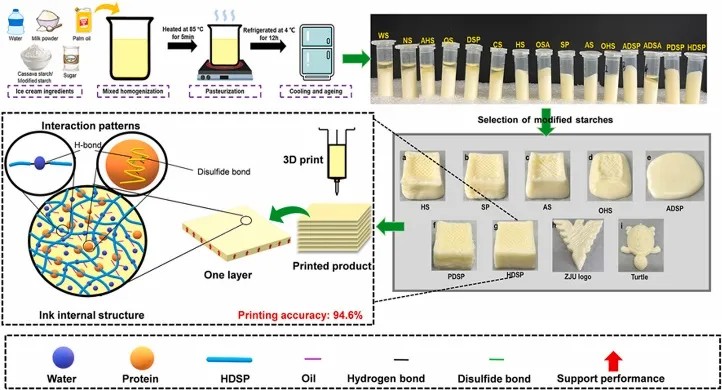
研究结果: 3.1. 冰淇淋油墨的稳定性 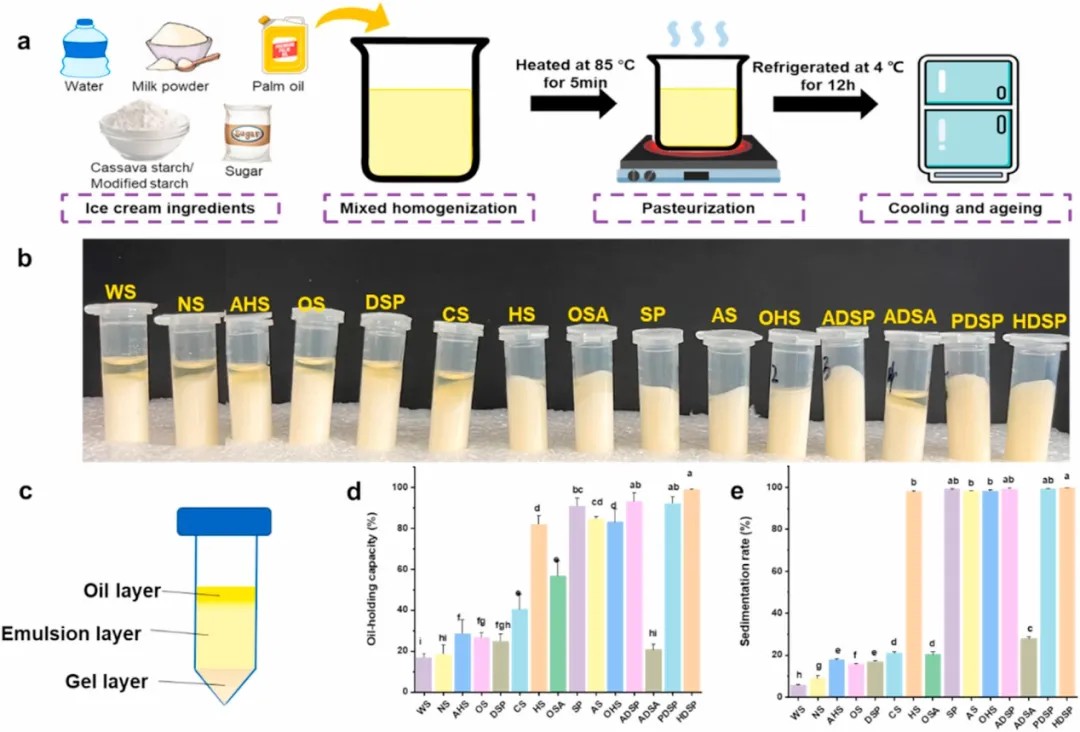
Fig. 1. Preparation of ice cream ink with different
modified starches for 3D printing. (a) Ice cream ink preparation
process; (b) Ice cream ink stability test; (c) Ice cream ink layering
distribution; (d) Ice cream ink oil-holding capacity; (e) Ice cream ink
sedimentation rate.
3.2. 冰淇淋油墨的流变特性 
Fig. 2. Rheological properties of ice cream inks
with different modified starches. (a) Dynamic viscosity profile; (b)
Frequency scanning profile (G′); (c) Frequency scanning profile (G″);
(d) Influence of ice cream components on dynamic viscosity of inks; (e)
Influence of ice cream components on elastic modulus of inks.
3.3. 冰淇淋油墨的3D打印性能 
Fig. 3. Ice cream cuboids after 3D printing with
different modified starches. HS (a), SP (b), AS (c), OHS(d), ADSP (e),
PDSP (f), HDSP (g), 3D printed logo of Zhejiang University (h), 3D
printed turtle(i).
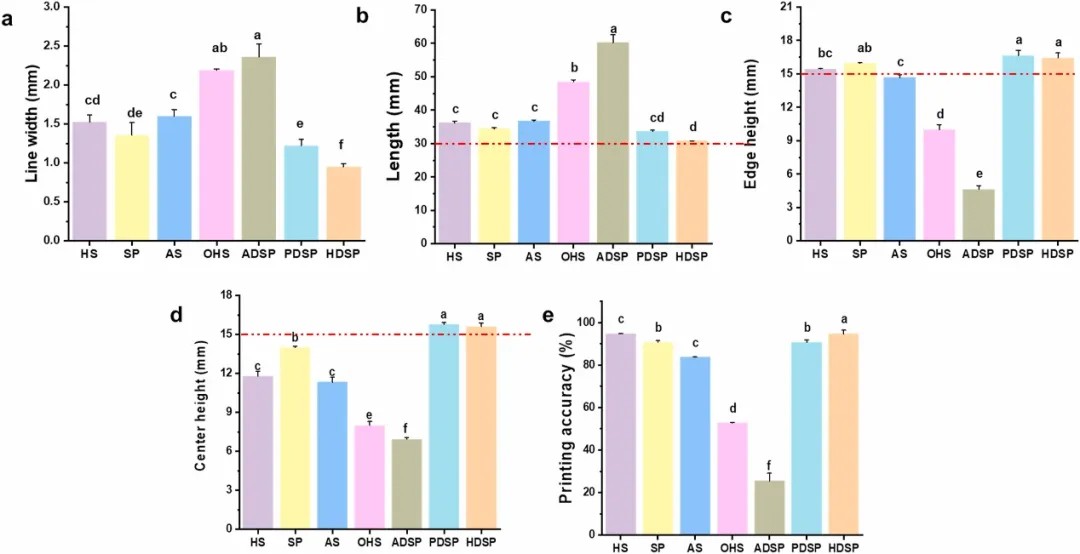
Fig. 4. The size of the printed ice cream with
different modified starches. (a) Line width; (b) Bottom length; (c) Edge
height; (d) Center height; (e) Printing accuracy of the printed
product.
3.4. 冰淇淋油墨的触变性和机械强度 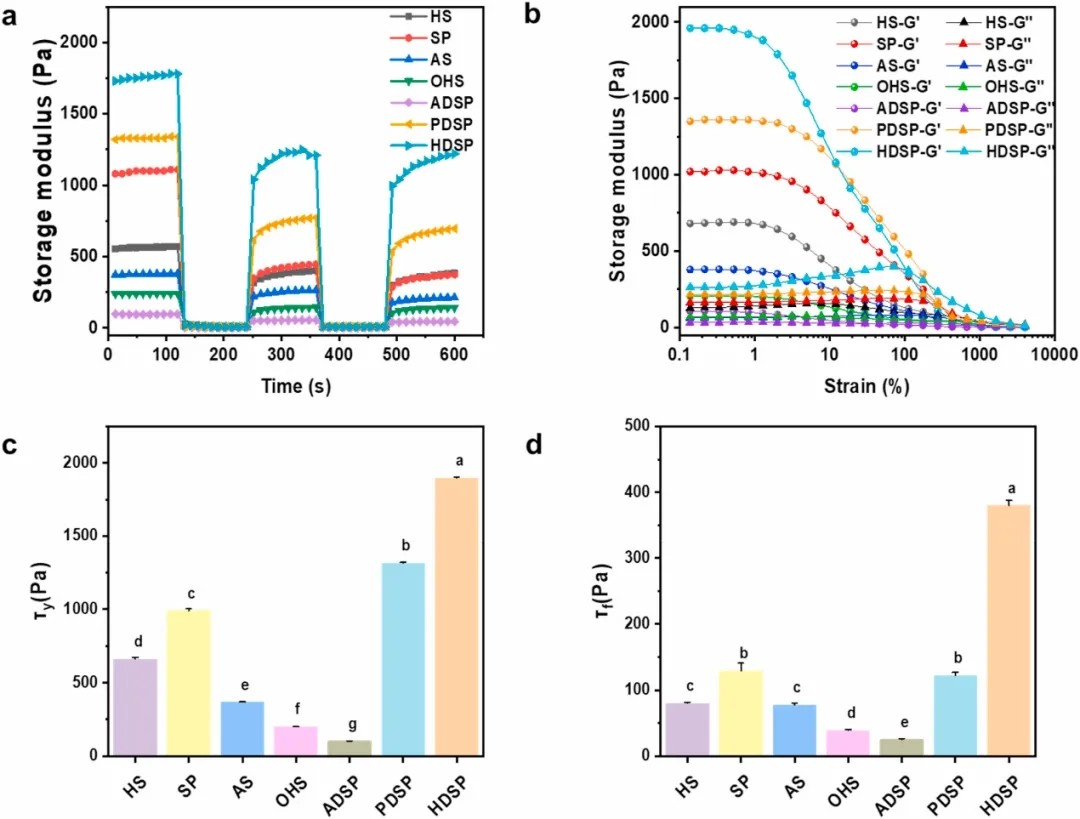
Fig. 5. Ice cream inks prepared with different
modified starches with structural recovery properties (a); mechanical
properties (b); yield stress (c); flow stress (d).
3.5. 冰淇淋油墨的水分分布 
Fig. 6. Water distribution of ice cream ink (a); Water distribution content(b).
3.6. 冰淇淋油墨的纳米聚集体结构 
Fig. 7. Kratky plots (a), Ornstein-Zernike fit
curves (b) and correlation length (c) of ice cream inks prepared with
different modified starches.
3.7. 印刷品内部结构形貌 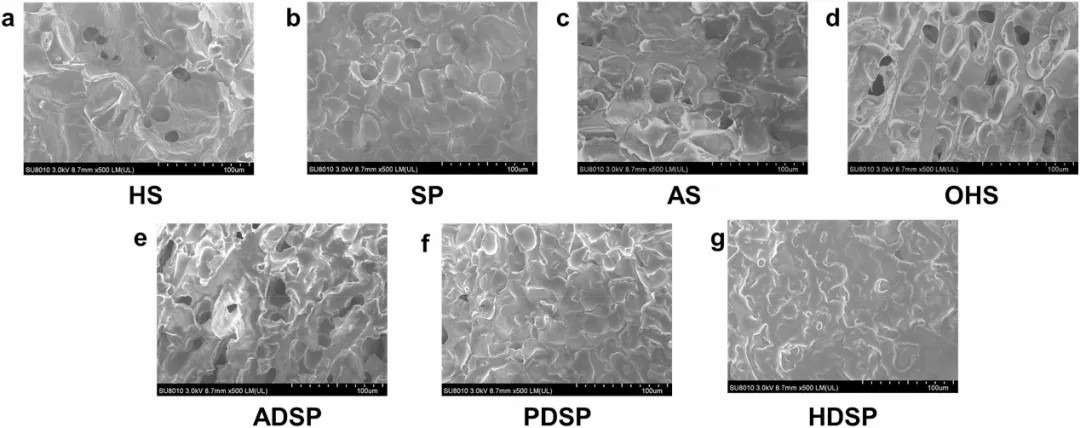
Fig. 8. SEM images of 3D printed of ice cream prepared with different modified starches.
3.8. 冰淇淋油墨的 FTIR 分析 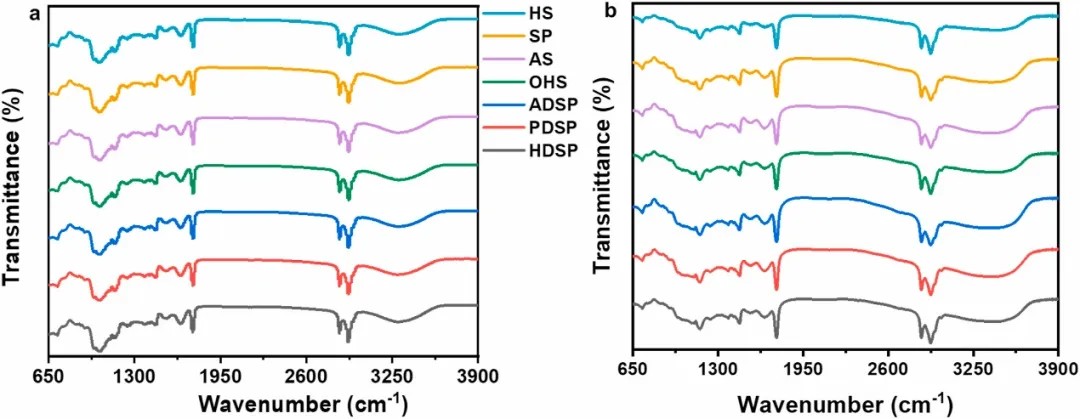
Fig. 9. FTIR spectra of ice cream inks prepared with
different modified starches after physical mixing (a) and
pasteurization (b).
3.9. 冰淇淋油墨中的分子相互作用力 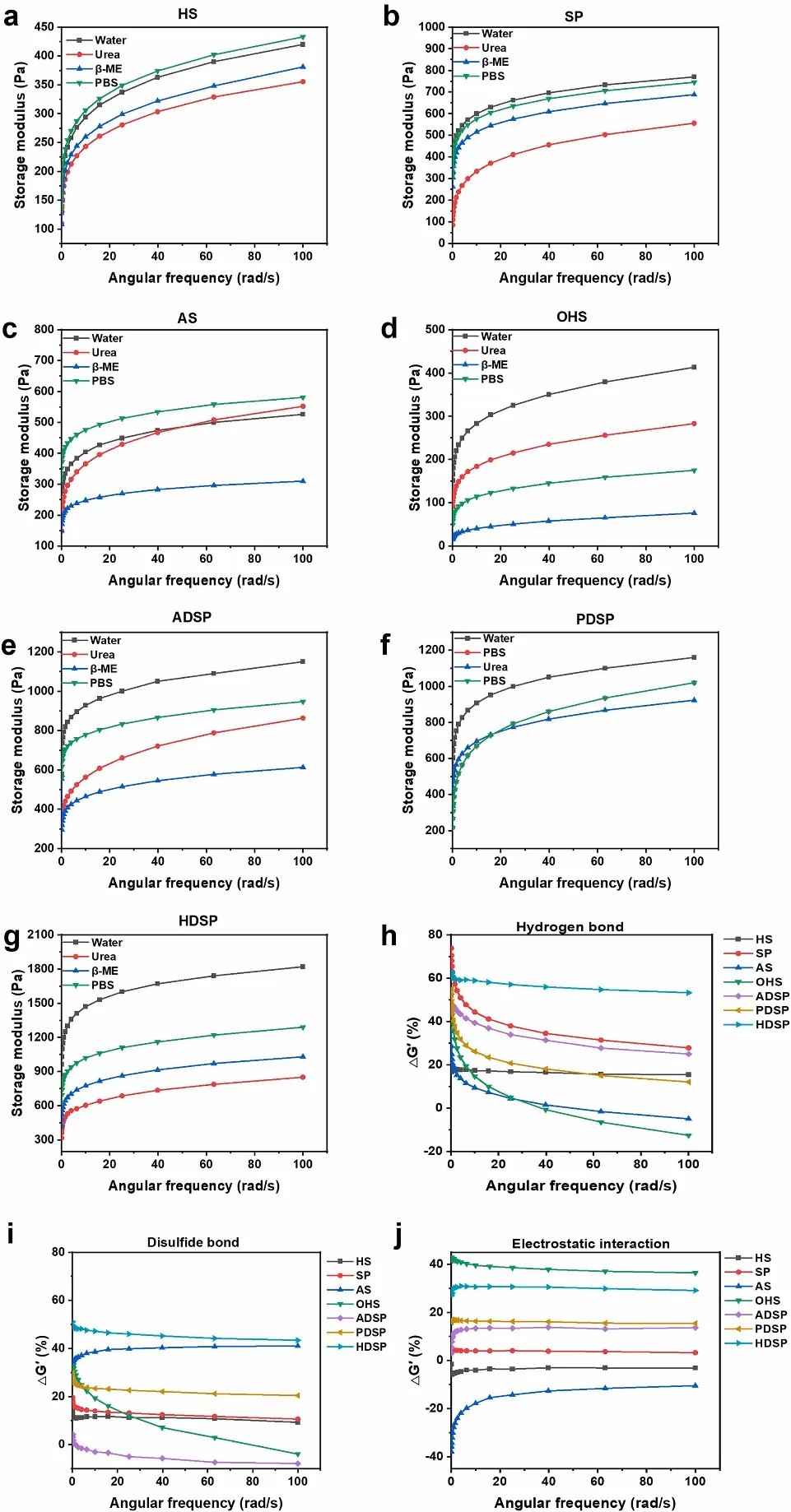
Fig. 10. Intermolecular forces (hydrogen bonding,
disulfide bonding) in ice cream inks prepared with different modified
starches. HS (a), SP (b), AS (c), OHS(d), ADSP (e), PDSP (f), HDSP (g),
hydrogen bonding (h), disulfide bond(i), electrostatic interaction.
3.11. 各种变性淀粉制备的结构、油墨性能与3D打印产品之间的关系 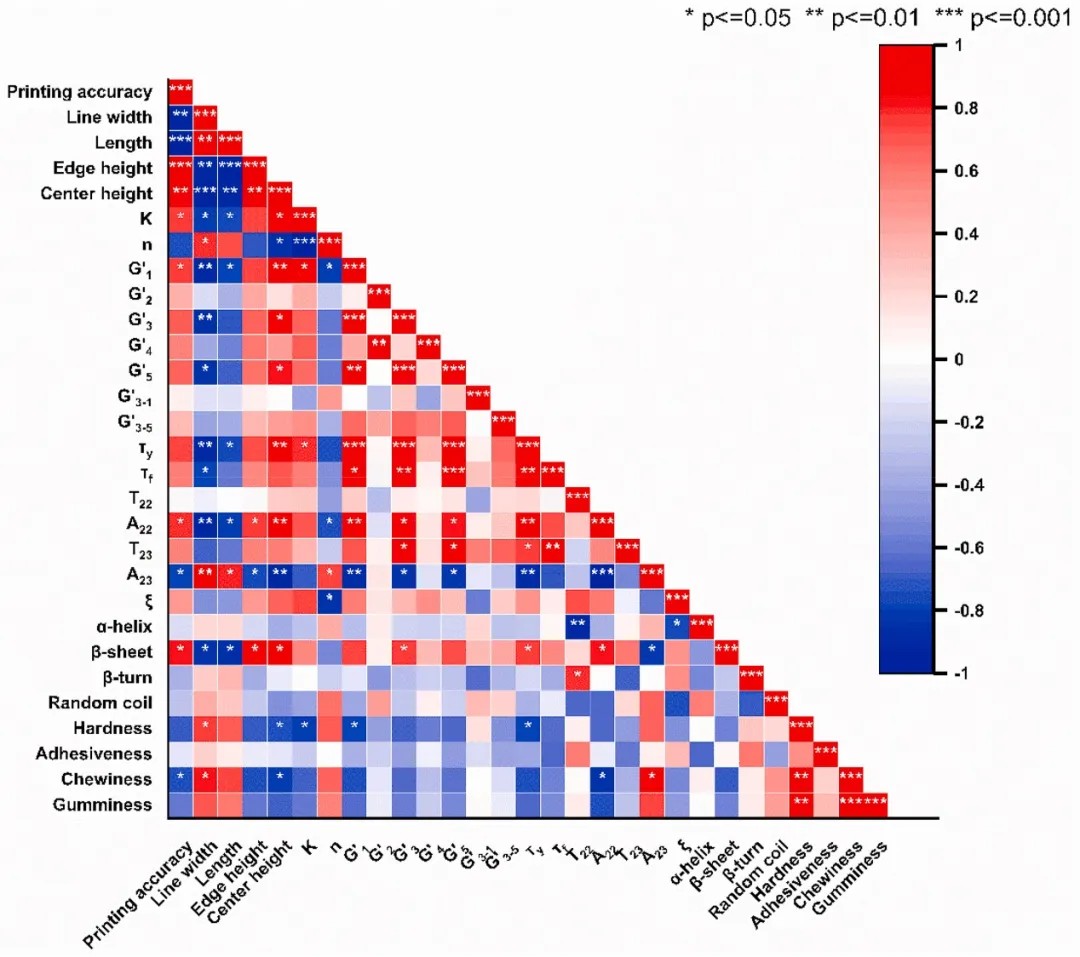
Fig. 11. The relationship between the structure and properties of ice cream ink prepared with various modified starches.
原文链接: https://doi.org/10.1016/j.foodhyd.2024.110038 (责任编辑:admin) |